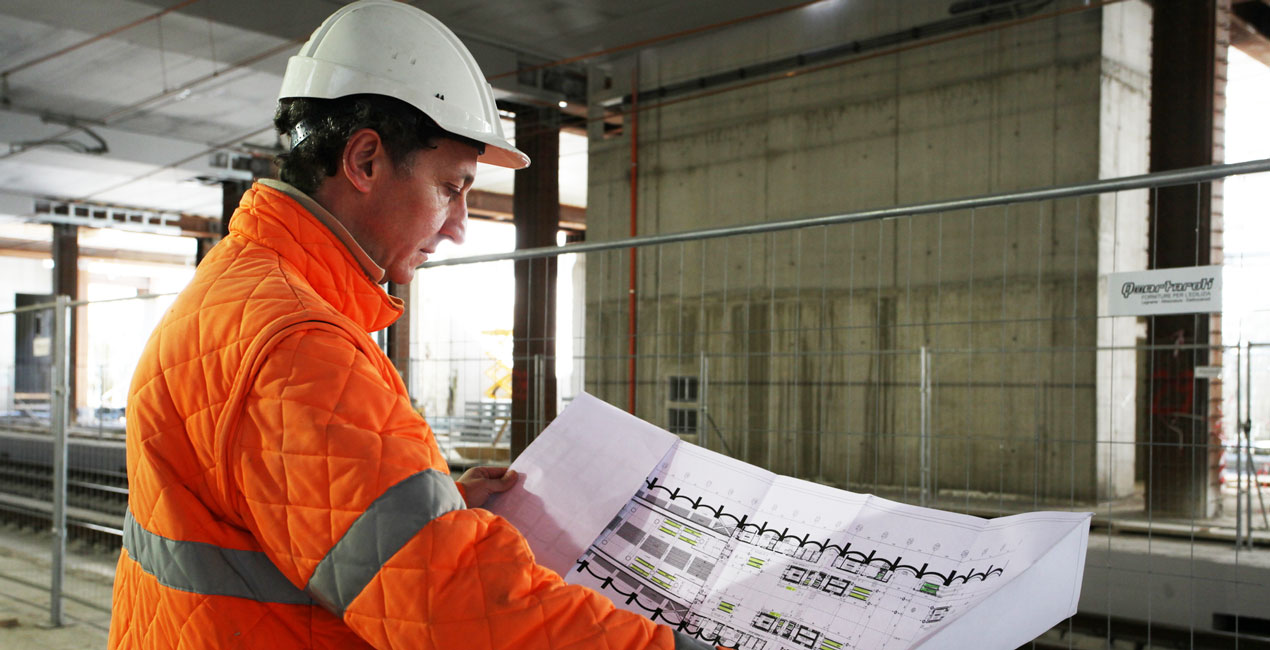Engineering


It ensures the definition and updating of technical, regulatory, economic and contractual standards for the design, construction, maintenance and control of track equipment and civil works.
It carries out control activities on the execution of works related to a contract or order, in accordance with regulations, legal provisions and contractual obligations. It checks the physical progress of the works/plant under its responsibility and checks consistency with the technical and construction specifications on the basis of the detailed work schedule.
It oversees the maintenance engineering process in terms of the correct identification, research and development of maintenance processes and models for rolling stock and railway infrastructure, including interventions on technological maintenance support equipment. It ensures the planning of necessary maintenance cycle updates evidenced by analysis of data on the in-service performance of rolling stock. It monitors maintenance activity effectiveness and plant conditions by monitoring infrastructure quality parameters.
It performs practical-operational installation and maintenance activities, and checks on plant, structures, equipment and rolling stock. It also performs everyday tasks including related administrative tasks and commissioning of traction equipment.
It manages the planning, monitoring and drafting of both traditional technologies (railway electrification, power generation and transport systems) and innovative technologies (safety and signalling systems, command and control systems, TLC).
In the area of rolling stock, railway infrastructure and plant, it ensures: